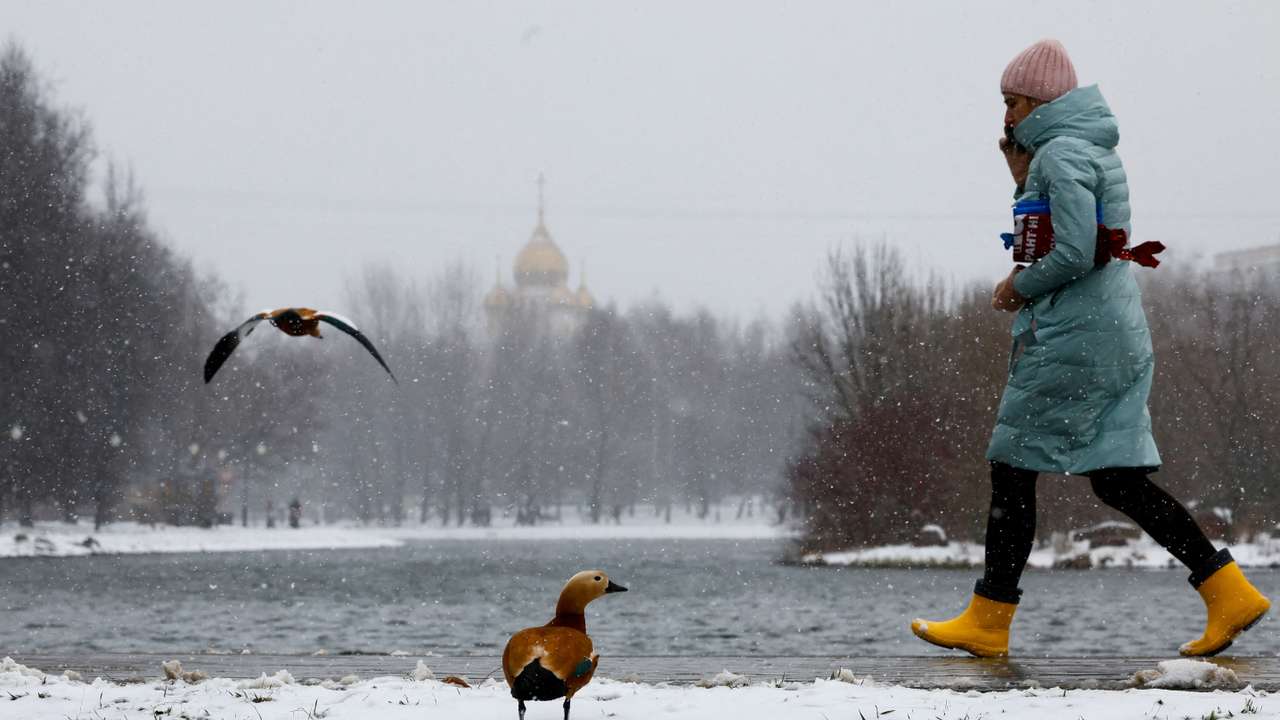Hailstorm hits Russia's third-largest wheat producing region

A strong hailstorm hit Russia's third-largest wheat-producing region of Stavropol, damaging grain crops, a local governor said on Tuesday, as extreme weather swept across Russia in early April, bringing snowstorms and sub-zero temperatures.
The Stavropol region accounted for about 8% of Russia's 82.6 million-metric-ton wheat harvest in 2024, when crops were hit by bad weather from early spring frosts to severe drought in many grain-producing regions.
Analysts are closely watching the weather fluctuations and events like frosts, cold spells, and hailstorms to adjust their estimates for this year's harvest in the world's biggest wheat exporter.
"The crops were damaged, and specialists are currently assessing the extent. We will determine further steps based on the results," Governor Vladimir Vladimirov wrote in his Telegram messenger channel.
Heavy snowstorms hit many regions of European Russia after an unusually mild winter this week, with snow cover expected to reach 20 centimetres (9 inches) in Moscow on April 9. Snowfalls were observed in Crimea and the Krasnodar regions.
The Local Ministry of Emergencies in Krasnodar, Russia's biggest grain-producing region, where temperatures rose to above 20 degrees Celsius (68 degrees Fahrenheit) in March, warned that frosts and sub-zero temperatures were on their way this week.
POTENTIAL FROST DAMAGE
"Due to frost on the soil surface, there is an increased risk of damage and loss to agricultural crops, including the flowers and fruit sets of stone and pome fruits, as well as warm-loving plants," the regional ministry said.
The agriculture ministry's analytical centre said on Tuesday that after an unusually warm winter, the overall crop loss rate did not exceed 3% across the country despite reports late last year that at least 37% of winter crops were in poor condition.
The agriculture ministry's official said that snow and rain compensated for the lack of moisture in the soil last year, creating better conditions for the crops in the weeks to come and stabilizing the situation.
"There is virtually no recorded loss, and the plants are developing normally, so overall the situation is stable," Deputy Agriculture Minister Andrei Razin was quoted by the Russian media as saying.
However, the ministry warned on April 7 that if the harvest in 2025 is lower than forecasted, it is prepared to implement "non-tariff measures," a euphemism for export restrictions.
Most analysts are still expecting the Russian grain harvest to be at about 130 million tons, excluding crops from territories in Eastern Ukraine under Russian control, provided there was no major impact from bad weather.
However, Russia's Grain Union lobby group, often critical of the Agriculture Ministry's policies, estimated the potential for this year's harvest at 125 million tons, the same level as last year, excluding new territories.
"In the event of maximum risks, such as a severe drought like the one experienced in 2010, the decline in volume could increase by up to 30% from this level," the Grain Union's head Arkady Zlochevsky said.
This article was produced by Reuters news agency. It has not been edited by Global South World.